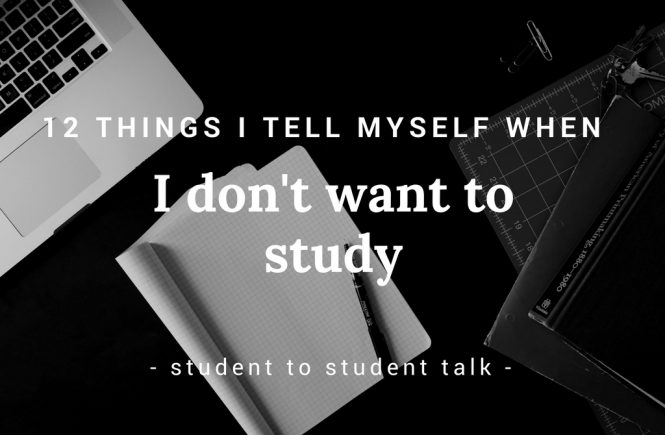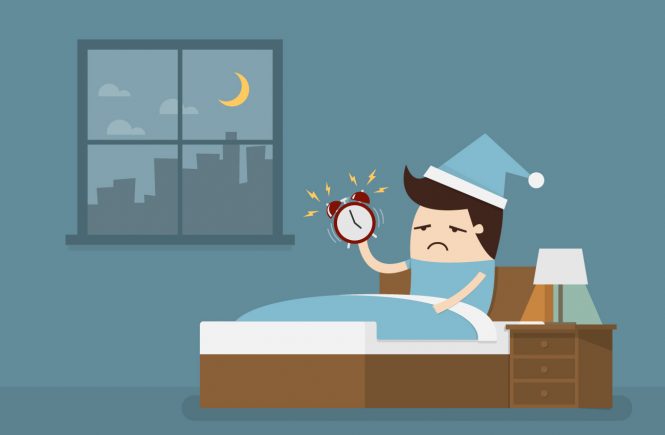The COVID-19 pandemic represents an unprecedented landmark in world history, placing global strain on health services, economies and communities. From its inception, COVID-19 has highlighted the need for the delivery of accurate information at all levels of society. The pandemic has revealed possible flaws in our approaches towards scientific communications, with pitfalls being seen in a variety of spaces. Key examples are those between scientists and officials, to those between scientists and the general public, and perhaps surprisingly, within the scientific community itself. 1
 Image Credit: Kelsey Graham
Image Credit: Kelsey Graham
The role of scientific communication is vast and influences the decisions made by individuals, communities and governments worldwide. So, how effective has scientific communication really been since the coronavirus was first seen and what lessons should be taken while efforts are being made to prevent further waves and create a vaccine?
Science Communication History: Pre-COVID-19
Anti-lockdown, anti-mask, and government suppression during pandemics is nothing new, and has now resurfaced all the way back from the 1918 influenza pandemic. Anti-lockdown and anti-mask protest in San Francisco with the ‘Anti-mask League’ in 1918-1919 drawing parallels of today’s COVID-19 response. 2,3 And the USA 1918 sedition act suppression and down play of influenza having comparable effects to USA’s downplay of the impact of COVID-19 by withholding data, stalling/halting publication of research and asking officials and scientists to lie to push their agendas. 4-6 Parallels are drawn, the COVID-19 pandemic has more complexity with the spread of information via social media, the trust in science and increasingly unstable social and political climates, to just to name a few. These factors and influences have been around long before patient-zero contracted COVID-19, and have influenced science and science communication over the past two decades. Labelled as one of the most influential yet destructive influences in this pandemic has been the spread of misinformation via social media, leading to increased support for radical groups such as anti-vaxxers, pandemic denialists and conspiracy theorists. Pre-COVID-19 and all the way back in the late 1990s, the support for anti-vaccination groups grew at alarming rates after publication of Andrew Wakefield’s study in The Lancet, claiming that there was a link between the MMR vaccine and autism. 7,8 After other researchers could not reproduce the results, the study was investigated with overwhelming conclusions of severe ethics violations, misconduct, conflicts of interest, fraud and the mistreatment of children. 8,9 Despite these damning conclusions, the redactions of his studies, and even being barred as a physician. Andrew Wakefield caused extensive decline in MMR vaccination rates in the UK, Europe and America.8 The repercussions of this fraud are felt today, with Andrew Wakefield continuing, often as a leader or guest speaker, to support anti-vaccination groups and further pushing for resistance against efforts to contain COVID-19 through social media. 10,11 Social media being the frontier of these types of campaigns and groups, forms echo chambers with ease and provides continuous reinforcement and spread of misinformation. 12 An MIT study in 2018 showed that “falsehood[s] diffused significantly farther, faster, deeper, and more broadly than the truth in all categories of information” which poses a dangerous hazard to science as an outlet of finding and communicating truth. 13 These high levels of misconduct overshadow and cripple the trust in science with scepticism becoming denial, suspicion and doubt in sciences integrity. These cases of fraud and misconduct seek to undermine public trust in science with few cases of misconduct weighing more on the institution in comparison to the number of scientists that act ethically and perform best practices that instil public trust. This fractured trust is now under a stress test with COVID19, with the public and officials pressing and questioning the integrity of the science. Hence, the conduct and communication of the science has now an added layer of importance. It further bears the question of how can science effectively and honestly communicate when it can’t reach audiences efficiently? Let’s look at science education, specifically in Australia. Over the last two decades, science education in Australia has been rocky at best with significant decline in science literacy amongst secondary school students with some of the lowest year 12 science enrolments and only one in ten year 12 students completing advanced mathematics.14,15 This drop in science literacy is concerning as science literacy has been highlighted as an area that may contribute to the reduction of falsehood spread.16,17 The idea that we can give people the ability to use scientific thinking, ideas, philosophy and intellectual virtues to make better informed judgements of information; becoming ‘competent outsiders’.16,17 Come to the present during COVID-19, having competent outsiders is critical during this stress test of science with rapid developments and findings on a new entity. This is not a full solution, but a step in the right direction in entrusting content consumers to take precautions in both consuming social media content and scientific publications.
Science communication with officials
It’s been more than seven months since WHO declared COVID-19 a pandemic and scientific knowledge of the virus remains incomplete. The inherent uncertainties surrounding the scientific information means that the scientific community must take a holistic approach to drawing evidence to inform policy, with particular attention to lessons taken from past pandemics.18 One or few experts typically advise officials and at the end of the day, scientists can never deliver anything with 100% certainty and policy makers retain the right to make decisions.19 The nature of this kind of decision-making highlights the need for advisory scientists to be guided by predefined principles and have access to a widespread data-sharing network, such that they can obtain the most up-to-date and accurate information from a diverse range of academics.18 The OECD’s framework for effective scientific advisement in responding to COVID-19:
1. Define roles of advisors and officials.
2. Include all relevant parties and stakeholders with transparency.
3. Construct apolitical, unbiased and accurate advice.
Embedded within the above principles is the need to take a multidisciplinary approach, further highlighting the benefit of widespread information sharing networks.18
Headed by the Australian Academy of Science, the COVID-19 Expert Database has been established to address this need and has at least 1800 experts involved (and counting).20 This platform allows experts from a range of fields, such as humanities, health, engineering and technology, to contribute to the database, allowing local, state and federal governments, industry and other decision-makers to have relevant information.21
Science communication with the public

Australians’ main source of news during the COVID-19 pandemic. Source: [22]
News consumption has increased by ~14% since the Australian bushfires this year, and interestingly, trust in the news has increased by ~15% since this time.22 Although trust in the media has increased by a significant amount, fear of receiving misinformation is high among Australians at approximately 64%, with particular concern drawn to internet and social media sites, particularly Facebook.22 A key issue in 21st century society has been the ease of access to conspiracies by susceptible individuals. This fear has been exemplified by the pandemic we are currently living in, with a whole slew of online theories derived from the virus that have caught believers in their webs. From 5G towers, anti-mask wearing propaganda to even myths of the source of the coronavirus itself, each of these theories flies in the face of the unprecedented level of scientific knowledge published each day relating to the virus as well as the wealth of existing scientific knowledge. Recent studies have found that there is a particular personality type that is more likely to believe these conspiracies. It is now known that people are more likely to believe conspiracy theories that affirm their political views.23 This may explain why Republican party supporters are more likely to believe conspiracies that are purported by President Donald Trump such as the effectiveness of hydroxychloroquine. The strongest predictor of conspiratorial beliefs from a study of over 1200 people were personality traits of “schizotypy”, the likelihood of inferring meaning from objects when there is none. The implications from this study suggest that individuals who see the world as a place of suffering and injustice are more likely to seek answers and find comfort in the notion that there is someone, or a group of people, responsible for it. This plays a key role in the time of COVID-19, with conspiracy theorists blaming governments and other countries for deliberately creating the virus, as thus, creating the suffering that we are seeing today.
Science communication within the scientific community
The COVID-19 pandemic has influenced significant changes in the scientific community from closures to research centres and laboratories to a more rapid publishing process.24 With universities and research centres as the epicentre of idea development and research, the ongoing pandemic is hindering scientific communication and innovation. For almost one hundred years, peer review has been the cornerstone of academic publishing as an evaluation process that intends on enhancing the quality of scholarly literature.25 However, the pandemic has required the dissemination of scientific findings at a faster rate.26 Consequently, alternative methods of peer review have been sort out by members of the scientific community. There has been a surge in preprints and use of open-access platforms for reviewing preprints.27 MedRxiv, a preprint server, is described as becoming a ‘go-to source’ for new medical information on COVID-19 where papers that are not peer reviewed are posted and used widely on social media and in news reports.28 However, the reliability of information on preprint servers is questionable and even reliable data can be distorted or misunderstood in the comments on social media. MedRxiv cautions readers that papers have not received peer review and data should not be reported as established information. In light of the current crisis, critical papers regarding COVID-19 are being granted an expedited peer review process with a review and decision determined in days rather than months.28 The question arises, as to whether the dissemination of medical information may evolve to be more appropriate for future crisis? Prior to the pandemic, there was increasing mobilisation of sharing early scientific findings, and the current climate has added fire to this motion.28 The critical evaluation of scientific findings and scientific communication will be increasingly important with greater opportunity for circulating medical information on open-access platforms and social media. COVID-19 has highlighted the need to strengthen scientific communication and increase future pandemic preparedness across the scientific community.24 Furthermore, the pandemic has influenced major enhancements in global health with increased efforts by the scientific community to increase clinical trials and the availability of medical treatments.29
Composed by Kelsey Graham, Aaron Mclean, Gianni Visentin, and Rebecca Walters in collaboration with Monash University’s Science Future Leaders Program 2020.
References
1. Saitz, R. and Schwitzer, G. Communicating Science in the Time of a Pandemic. JAMA 2020, 5, 443-444
2. San Francisco, California and the 1918-1919 Influenza Epidemic | The American Influenza Epidemic of 1918: A Digital Encyclopedia. https://www.influenzaarchive.org/cities/city-sanfrancisco.html (Accessed October 2020)
3. Dolan, B. Unmasking History: Who Was Behind the Anti-Mask League Protests During The 1918 Influenza Epidemic In San Francisco? Perspectives in Medical Humanities 2020, 5, DOI: 10.34947/M7QP4M
4. Barry J. How the horrific 1918 influenza spread across America. Smithsonian. Nov, 2017. (Accessed October 2020)
5. Tollefson, J. How Trump Damaged Science — And Why It Could Take Decades to Recover. Nature 2020, 586, 190-194.
6. Maxmen, A.; Tollefson, J. Two Decades of Pandemic War Games Failed to Account for Donald Trump. Nature 2020, 584, 26-29.
7. Eggertson L. Lancet retracts 12-year-old article linking autism to MMR vaccines. CMAJ 2010, 182, DOI: 10.1503/cmaj.109-3179
8. Hussain, A. el al. The Anti-vaccination Movement: A Regression in Modern Medicine. Cureus 2018, 10, DOI: 10.7759/cureus.2919
9. General Medical Council, Fitness to Practise Panel Hearing, 24 May 2010, Andrew Wakefield, Determination of Serious Professional Misconduct General Medical Council. (Retrieved on 14/10/2020)
10. Aitkenhead D, Disgraced doctor Andrew Wakefield’s new life, 12 September 2020, The Weekend Australian Magazine (Retrieved 14/10/2020)
11. Jamison P, Anti-vaccination leaders seize on coronavirus to push resistance to inoculation, 5 May 2020, The Washington Post (Retrieved on 14/10/2020)
12. Del Vicario, Michela, et al. The Spreading of Misinformation Online. Proceedings of the National Academy of Sciences of the United States of America 2016 113, 554–559
13. Soroush Vosoughi1, Deb Roy1 and Sinan Aral, The spread of true and false news online. Science 2018, 359, 1146-1151
14. Science and maths in Australian secondary schools datasheet, Australian Government – Australia’s Chief Scientist https://www.chiefscientist.gov.au/sites/default/files/2- Science-and-Maths-in-Australian-Secondary-Schools-datasheet-Web.pdf (assessed October 2020)
15. Murphy, S. The Impact of School Disadvantage on Senior Secondary Science: A Study of Patterns of Participation and Achievement in Government Secondary Schools in Victoria, Australia. Res Sci Educ 2020, 50, 1603–1618 DOI: 10.1007/s11165-018-9745-4
16. Sharon, AJ, Baram‐Tsabari, A. Can science literacy help individuals identify misinformation in everyday life? Science Education 2020, 104, 873– 894 DOI: 10.1002/sce.21581
17. Henning H et al. Fake science and the knowledge crisis: ignorance can be fatal. R. Soc. open sci. 6, 190161
18. Providing science advice to policy makers during COVID-19, OECD – Policy Responses to Coronavirus (COVID-19) http://www.oecd.org/coronavirus/policyresponses/providing-science-advice-to-policy-makers-during-covid-19-4eec08c5/ (assessed October 2020)
19. Science can support effective policy-making by providing the best available knowledge, International Science Council https://council.science/current/news/science-cansupport-effective-policymaking-by-providing-the-best-available-knowledge/ (assessed October 2020)
20. Science Policy and Diplomacy newsletter—Covid-19 special edition August 2020, Australian Academy of Science https://www.science.org.au/news-andevents/newsletters/science-policy-and-diplomacy-newsletter/covid-19-special-edition-aug-2020 (assessed October 2020)
21. COVID-19 Expert Database, Australian Academy of Science https://www.science.org.au/covid19/experts (assessed October 2020)
22. Park S. et al. Digital News Report: Australia 2020. News Media Research Centre, University of Canberra 2020 DOI: 10.25916/5ec32f8502ef0
23. Hart, J. and Graether, M. Something’s Going on Here: Psychological Predictors of Belief in Conspiracy Theories. Journal of Individual Differences 2018 DOI: 10.1027/1614- 0001/a000268
24. Callaway, E., Will the pandemic permanently alter scientific publishing? Nature 2020, 7811, 167.
25. Johansson, M.; Saderi, D., Fast peer review for COVID-19 preprints. Nature 2020, 7797, 29-29.
26. Meyer, H. After A COVID-19 Vaccine: Collaboration or Competition? Health affairs (Project Hope) 2020, DOI: 101377hlthaff202001732.
27. Smith, J. A. Peer Review. The Journal of urology 2016, 6, 1639-1642.
28. Subramanya, S. H. Lama, B. and Acharya, K. P. Impact of COVID-19 pandemic on the scientific community. Qatar Med J 2020, 1, 21-21. 29. Sutherland, W. and Lythgoe, K. COVID-19: full peer review in hours. Nature 2020, 7820, 192-192.

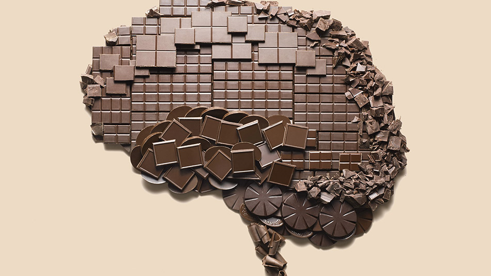
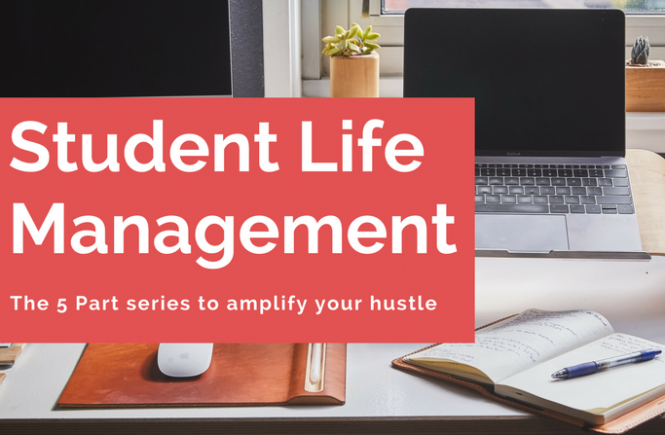
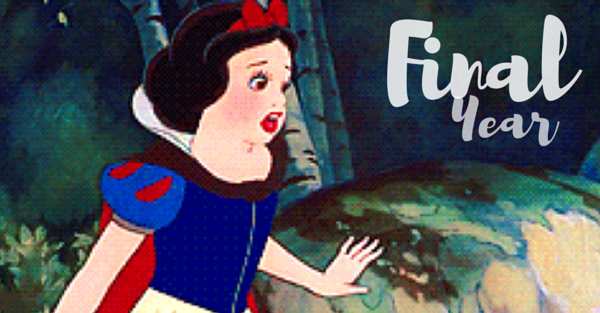

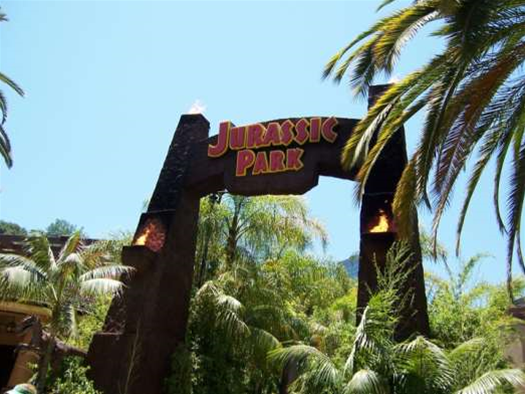

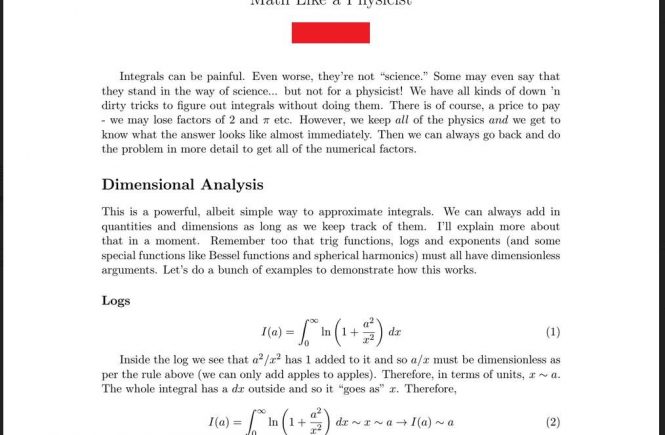

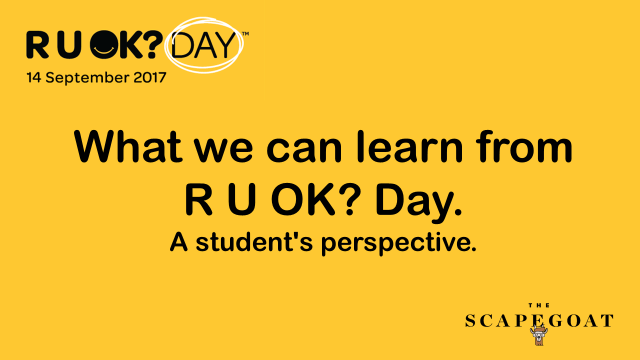

 Image Credit: Kelsey Graham
Image Credit: Kelsey Graham
